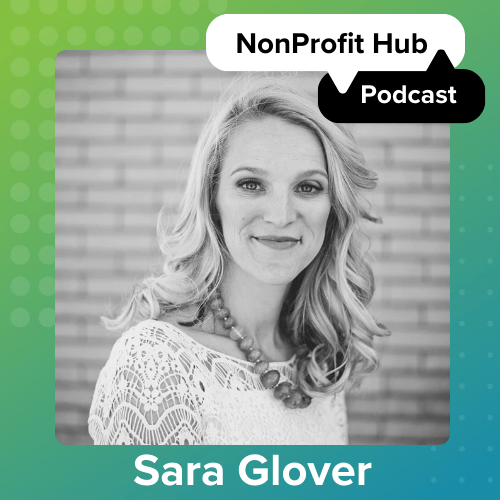Nobody likes taxes. (Except maybe accountants and people who get epic refunds?) In May, many nonprofits are coming up on the end of their fiscal year and that comes with filling out a lot of tax forms. There are plenty of rules, and failing to meet them could carry stiff penalties. It may not be your favorite subject, but it sure is an important one. We’ll simplify it as much as possible and try to keep you entertained along the way.
Annual Reports
To meet the IRS’s standards, nonprofits must file an annual report. There are different forms based on your organization’s size or financial situation, but the majority of organizations must fill out some type of form.
There are a few exceptions to this rule that aren’t required to fill out a form. Check out the full list from the IRS. Unless your organization is a church or closely affiliated with one, you’re probably out of luck and need to get started on that report.
Don’t think of it as so much of a report, though. Check out these tips to make your annual report more interesting.
Know Which Form to File
Just because you are a “nonprofit” doesn’t mean the government doesn’t want to know about your profits. Tax-exempt organizations’ tax forms are called 990s. The type of 990 you’ll need to file is dependent on your organization’s total receipts or assets. The IRS provides a chart on their website that lays it out in detail. Think of it as some light reading for your day.
Looking Out for Your Donors
As a vital source of income for your company, you’ll want to make sure those donations are documented correctly. This is beneficial for both you and your donors.
Donations of more than $250 have to be substantiated by the organization receiving the money. If they aren’t documented, your donors won’t be able to claim the donation as a charitable donation.
This is also the case for quid pro quo donations over $75. There’s a penalty of $10 per donation for the organization if they fail to meet this requirement. If we know one thing, it’s that nonprofits don’t have time for money penalties. This could add up if you don’t provide substantiation at a charity auction or a larger event.
Losing Status
So, what happens if you don’t get your forms turned in? Any form that is submitted late or incomplete is charged $20 a day, up to $10,000 or 5 percent of the organization’s total receipts. The IRS can also set a specific date after the original filing date that the forms must be submitted by. If that happens, and that date is missed, the individual responsible for the forms can be charged $10 a day, up to $5,000.
Sounds like a headache, doesn’t it? Moral of this story—don’t be late.
Even worse, if you ignore these reports for long enough, the government will pull your status as a tax-exempt organization. If your organization goes three consecutive years without filing, your tax-exempt status is automatically revoked. All your income would then be taxable, and your organization also loses the ability to receive tax-deductible donations, no doubt significantly cutting into your ability to operate.
If these statistics scare you, that’s because they absolutely should. The financial logistics of your organization are just as important as the act of achieving your mission. Why? Because if not done properly, your organization could be suspended before you ever get out of the gate.
There’s no reversing the automatic revocation and no appeals, so once the IRS decides that you’ve failed to meet their standards, you have to start from scratch. They will retroactively reinstate your status through a number of ways, depending on your situation; but like all things in life, that comes with a bunch of paperwork and fees.
____________
With an undoubtedly busy schedule, collecting the necessary information and filling out tax forms seems like a waste of time to some organizations. Hear us loud and clear—it’s not. Compiling these financial reports can be a helpful tool to see how your organization is performing, and there’s no way to get around doing them. Save yourself time later by spending time filling out the forms now.






